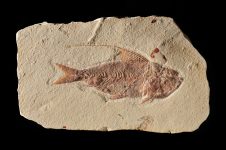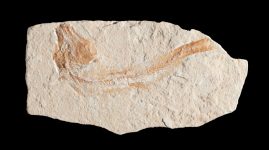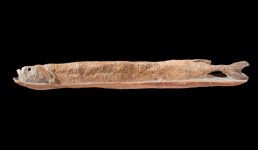Fossil fish
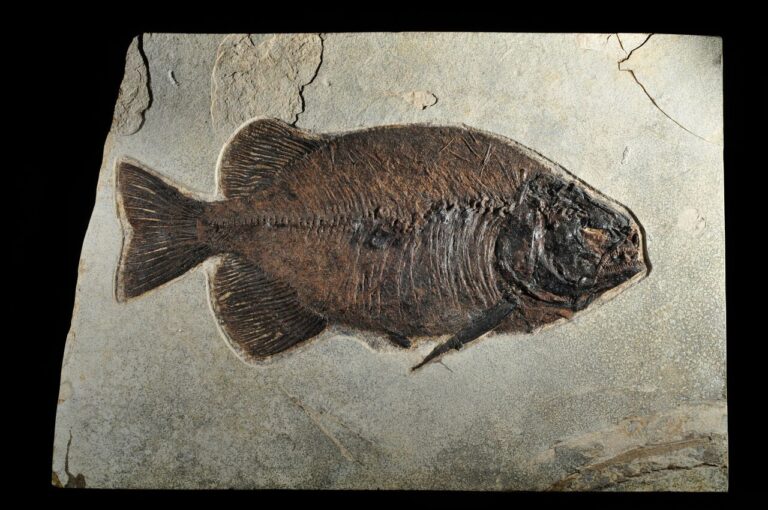
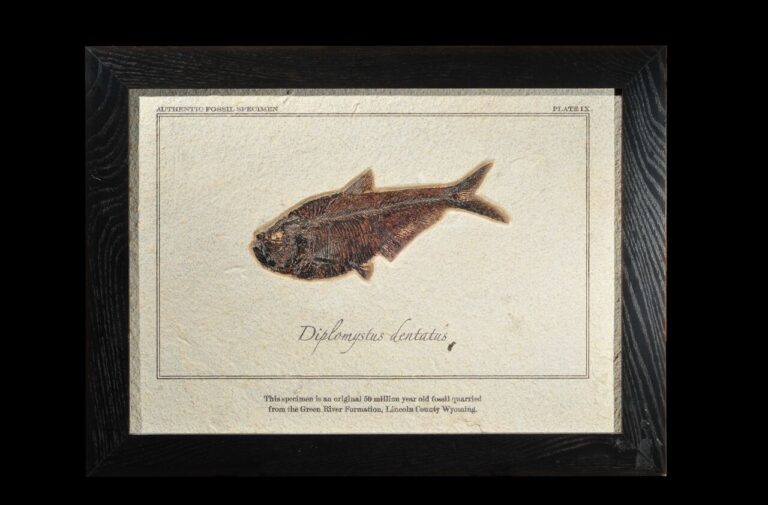

Fossil Fish
Fossil fish represent a diverse array of ancient aquatic vertebrates that lived throughout Earth’s history, spanning hundreds of millions of years. These fossils provide valuable insights into the evolution of fish and the development of aquatic ecosystems from the Paleozoic to the Cenozoic eras. In this exploration, we delve into the types of fossil fish, their preservation, scientific significance, and what they reveal about Earth’s ancient oceans and freshwater environments.
Types of Fossil Fish
Fossil fish encompass a wide range of species adapted to various aquatic habitats, including oceans, lakes, rivers, and estuaries. Some of the most notable types of fossil fish include:
Placoderms: Armored fish that dominated during the Devonian period (419-359 million years ago), characterized by their bony plates and jaws.
Coelacanths: Ancient fish known for their lobed fins and thought to have gone extinct until living specimens were discovered in the deep ocean.
Ichthyosaurs: Marine reptiles that evolved from terrestrial ancestors during the Mesozoic era (252-66 million years ago), resembling fish in appearance and lifestyle.
Sharks and Rays: Cartilaginous fish with skeletons made of cartilage rather than bone, leaving behind teeth and fin spines as common fossil remains.
Teleosts: Modern bony fish that evolved during the Mesozoic era and dominate today’s aquatic ecosystems, leaving behind abundant fossilized skeletons.
Preservation of Fossil Fish
Fossil fish are preserved through various processes, each providing unique insights into their anatomy and ecology:
Mineralization: Some fish fossils undergo mineralization, where minerals replace the original organic material of bones or scales, preserving detailed anatomical features.
Carbonization: In certain conditions, fish may be preserved as carbon films, leaving behind impressions that capture the outlines of their bodies and fins.
Exceptional Preservation: Fossil fish can be exceptionally preserved in fine-grained sediment or in amber, showcasing delicate soft tissues, scales, and even stomach contents.
Scientific Significance
Fossil fish provide significant contributions to our understanding of Earth’s ancient environments and evolutionary history:
Evolutionary Insights: By studying fossil fish, paleontologists can trace the evolution of vertebrates from primitive jawless fish to diverse modern forms, revealing adaptations to changing environments over geological time scales.
Paleoecological Reconstructions: Fossil fish fossils help reconstruct ancient ecosystems, including predator-prey relationships, food webs, and environmental conditions such as temperature and water chemistry.
Biostratigraphy: Fish fossils serve as valuable biostratigraphic markers, allowing geologists to date and correlate rock layers and determine the relative ages of sedimentary sequences.
Examples of Notable Fossil Fish
Knightia: A genus of small, herring-like fish from the Eocene epoch (56-33.9 million years ago) found abundantly in Wyoming’s Green River Formation, known for its exceptional preservation.
Dunkleosteus: A large placoderm fish from the Devonian period, known for its powerful jaws and armor plates, representing one of the earliest apex predators in marine ecosystems.
Leedsichthys: A gigantic filter-feeding fish from the Jurassic period, thought to be one of the largest fish to have ever lived, reaching lengths of up to 16 meters (52 feet).
Conservation and Preservation
Efforts to protect and preserve fossil fish and their geological contexts are crucial for maintaining their scientific and educational value. National parks, fossil reserves, and research institutions play essential roles in safeguarding fossil fish specimens, promoting public education, and supporting ongoing research into Earth’s ancient biodiversity and evolutionary history.





























